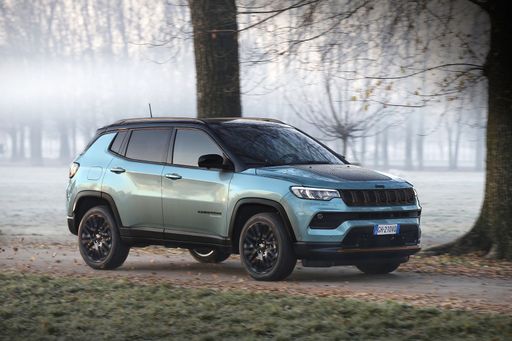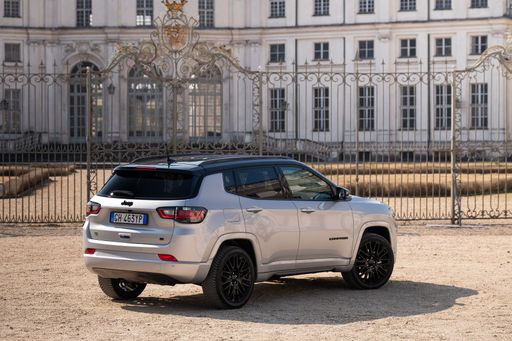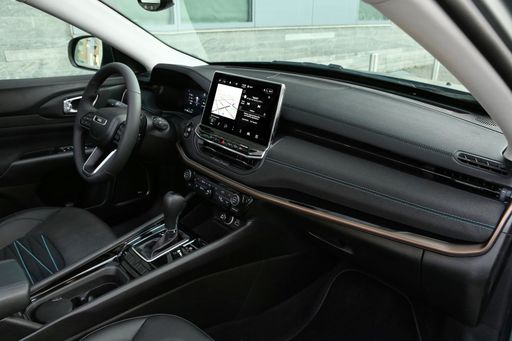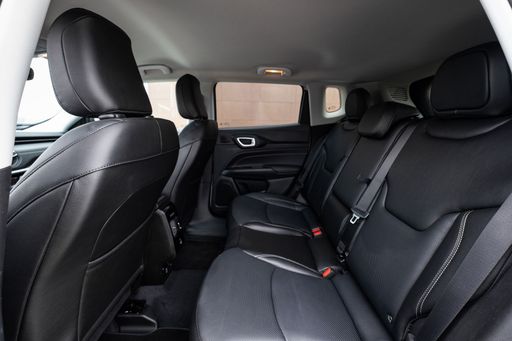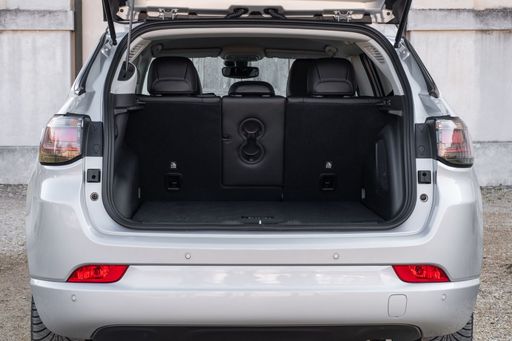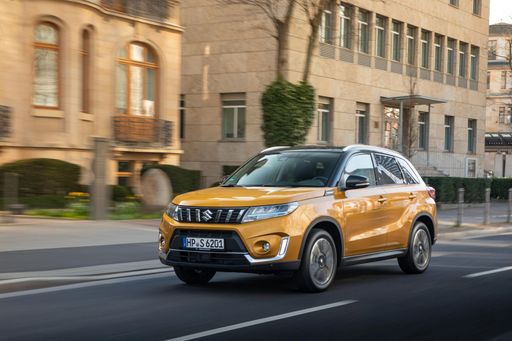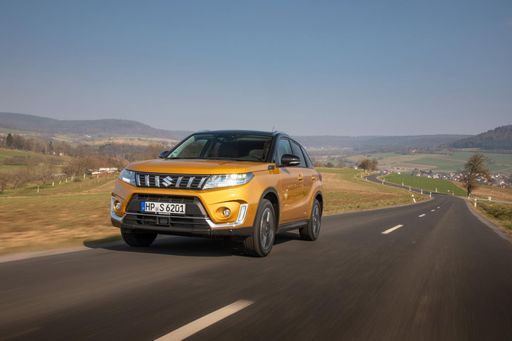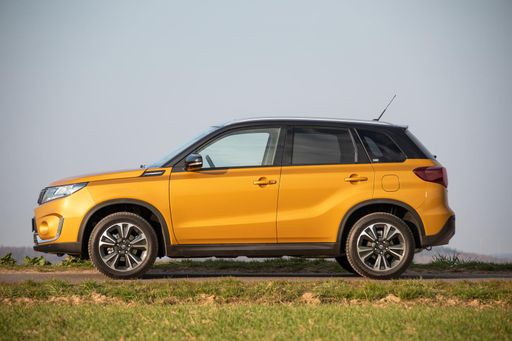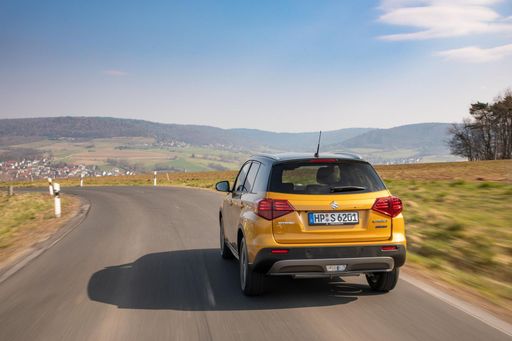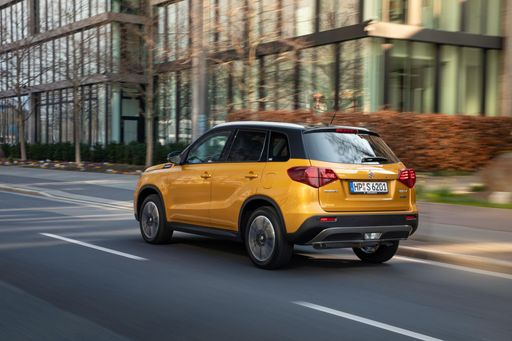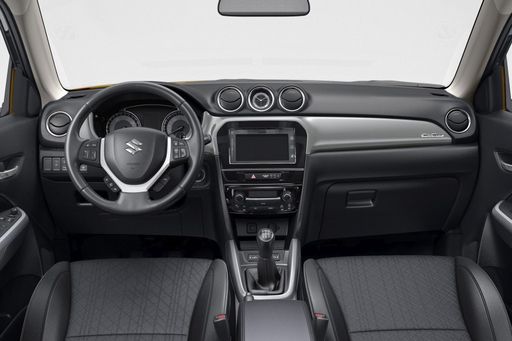The Jeep Compass vs. the Suzuki Vitara: A Comprehensive Comparison
In the increasingly competitive compact SUV market, two models stand out for their blend of style, performance, and advanced technology: the Jeep Compass and the Suzuki Vitara. As we dive into the specifics, we’ll explore how these vehicles compare in several key areas, including engine performance, fuel efficiency, interior space, and innovative features.

